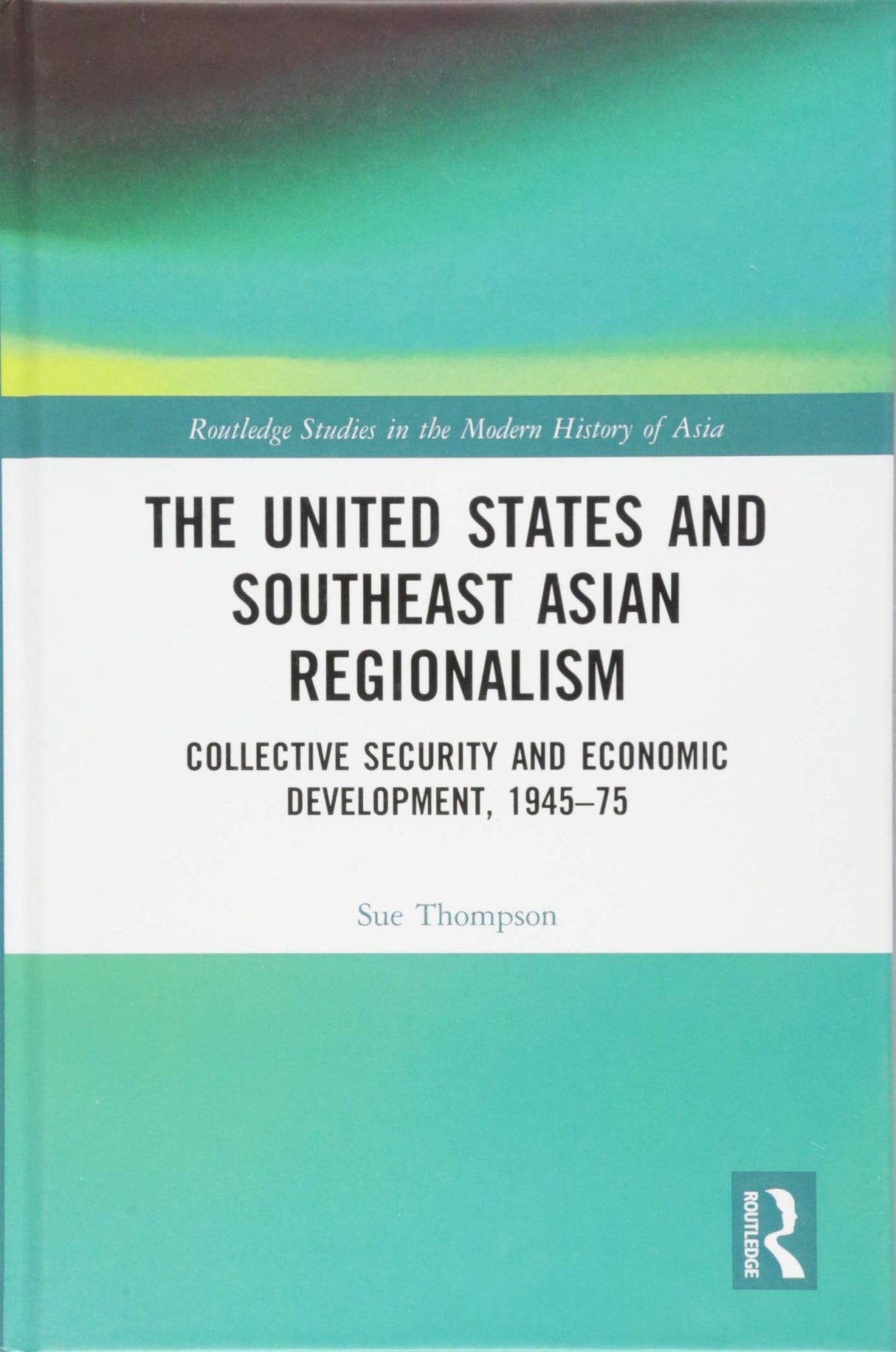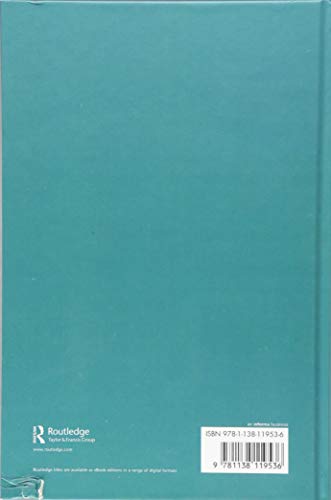The United States and Southeast Asian Regionalism: Collective Security and Economic Development, 1945–75 (Routledge Studies in the Modern History of Asia)
The United States and Southeast Asian Regionalism: Collective Security and Economic Development, 1945–75 (Routledge Studies in the Modern History of Asia) is backordered and will ship as soon as it is back in stock.
Couldn't load pickup availability
Genuine Products Guarantee
Genuine Products Guarantee
We guarantee 100% genuine products, and if proven otherwise, we will compensate you with 10 times the product's cost.
Delivery and Shipping
Delivery and Shipping
Products are generally ready for dispatch within 1 day and typically reach you in 3 to 5 days.
Book Details
-
Author: Sue Thompson
-
Brand: Routledge
-
Edition: 1
-
Binding: Hardcover
-
Number of Pages: 142
-
Release Date: 28-11-2018
-
Languages: English
-
ISBN: 9781138119536
About the Book
The Nixon or Guam Doctrine of 1969 emphasized the importance of regional cooperation and Asian collective security, asserting that Asian countries should take the lead in shaping initiatives in which the United States could participate. This book offers an insightful analysis of the development of U.S. regional cooperation policy concerning Southeast Asia, demonstrating its crucial role in long-term planning for the region, a goal pursued by successive American post-war administrations.
Sue Thompson explores the intersection of economic regional cooperation and collective security in Southeast Asia. Through the examination of primary materials, including previously classified documents from the United States, the United Kingdom, and Australia, the book sheds light on the significant influence of U.S. policies and key historical events on the evolution of Southeast Asian regionalism. The author argues that the development of Southeast Asian regional cooperation was shaped by both American and Asian policies, mirroring the economic and political transformations that occurred across the region after the war.
Additionally, the book analyzes the shifts in British and Australian policy and how they, alongside developments in Southeast Asia, interacted within the context of Western powers’ influence. This book adds new perspectives to the ongoing discourse on the origins of Southeast Asian regionalism and will be a valuable resource for scholars and students of Southeast Asian studies, U.S. political history, international relations, and regionalism.







